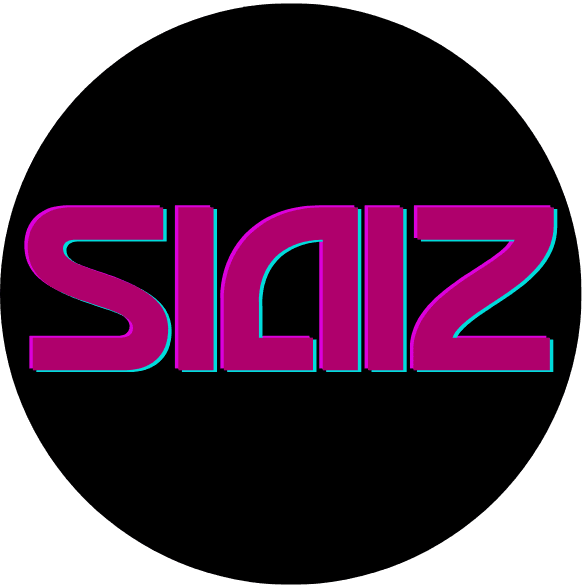
INFORMATION TECHNOLOGY
DIGITAL TRANSFORMATION
ARTIFICIAL INTELLIGENCE
DATA MANAGEMENT
SOFTWARE DEVELOPMENT
MOBILE APPLICATION
MULTI PLATFORM APPLICATION
MAINTENANCE
ERP
CUSTOMER RELATION



Market Research and Analysis
IT Market Research and Analysis is the systematic process of collecting, analyzing, and interpreting data related to the information technology (IT) sector. This research focuses on understanding market dynamics, customer needs, industry trends, competitive landscape, technological advancements, and economic factors that influence IT products, services, and solutions.
Identify Market Opportunities: Discover untapped segments, new customer needs, or emerging technologies. Understand Customer Behavior: Analyze user preferences, buying patterns, and pain points. Benchmark Competitors: Evaluate competitors’ strategies, strengths, weaknesses, market shares, and product offerings. Assess Technology Trends: Track innovations like AI, cloud computing, cybersecurity, blockchain, IoT, and their market impact. Reduce Risk: Minimize uncertainties in investments, product launches, or market expansion. Support Strategic Decisions: Guide pricing, positioning, partnerships, and marketing campaigns. Forecast Market Growth: Predict future demand, revenue, and market size.
Project Challenges:
Key Components of IT Market Research and Analysis Market Segmentation: Dividing the IT market into distinct groups based on criteria like: Industry verticals (e.g., healthcare IT, fintech, retail IT) Geographic regions Customer size (SMBs, enterprises) Technology type (software, hardware, services) Competitive Analysis: Identifying key players and their market share SWOT analysis (Strengths, Weaknesses, Opportunities, Threats) Product/service comparisons Pricing and marketing strategy evaluation Customer Analysis: Profiling target users (demographics, behavior) Customer needs and satisfaction Buying decision factors Technology Trends: Evaluating emerging and evolving technologies Adoption rates and barriers Impact on market dynamics and customer preferences Market Size and Forecasting: Quantifying current market value Projecting growth rates and future trends Demand-supply gap analysis Regulatory and Economic Environment: Understanding policies, data privacy laws, and compliance requirements affecting the IT market Macroeconomic factors impacting spending Methodologies Used in IT Market Research Primary Research: Surveys and questionnaires with customers, IT professionals, and industry experts Interviews and focus groups Product or concept testing Secondary Research: Analysis of existing reports, whitepapers, government publications Data from industry associations, market databases, and trade journals Quantitative Analysis: Statistical techniques to analyze large data sets Trend and correlation analysis Qualitative Analysis: Thematic analysis of interviews and open-ended survey responses Case studies and expert opinions Data Analytics and Visualization: Use of business intelligence tools to interpret data trends Dashboards, heat maps, and predictive analytics Importance of IT Market Research and Analysis Helps IT companies launch products that meet real market needs. Supports investment decisions with evidence-based insights. Enables companies to stay ahead of disruptive technologies. Facilitates efficient allocation of marketing and R&D budgets. Enhances understanding of global and local IT market variations. Increases customer satisfaction through targeted product features.
Copyright © 2025 SIAIZ. All Right Reserved














